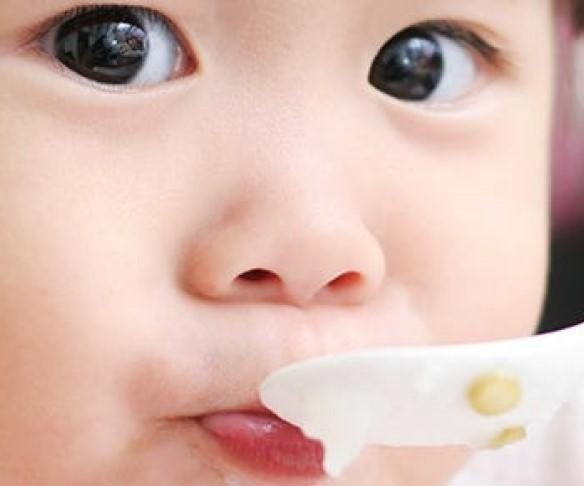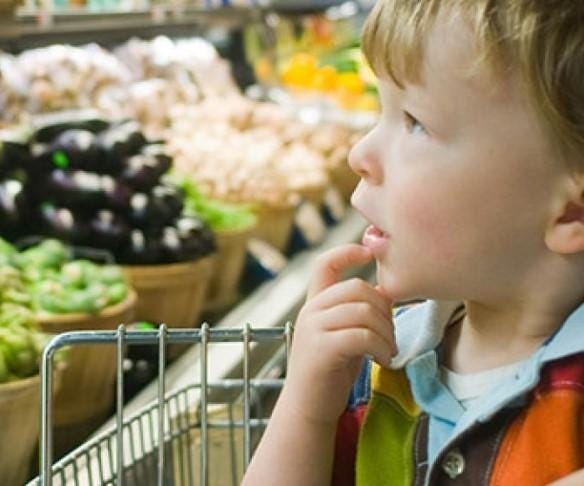What's in This Article
- Your baby cries or is fussy.
- They put their fingers or first in their mouth, or suck on their fingers.
- Your little one opens their mouth wide when touched on his chin or lips and roots for a nipple.
- They squirm or move their arms and legs.
- Your baby moves, licks or smacks his lips or makes small sounds.
Progress at the Table
Your little one is learning more and more about their food and how to eat, and their new motor skills will help them become more adventurous eaters. However, they can also be more independent at the same time. Here are some things you can expect:
Preschooler development to expect at 24 to 36 months:
- Can be fussy, and say no to foods they used to like.
- An unpredictable appetite that usually balances out over several days.
- Much less dribbling when drinking from an open cup.
- Better skill using a fork and spoon.
- Turning over containers to pour out what’s inside.
- Putting individual pieces of food into containers.
- Stacking individual pieces of food.
- Maybe using one hand more than the other.
- Trying to eat objects instead of just mouthing them.
- Becoming better at chewing for more advanced textures.
- Stronger chewing skills.
Preschooler development to expect at 36+ months:
- Drinking skills soar. They’ll tilt their head back to get the very last drop in their cup.
- Eating and chewing like you; they can eat at the same pace as the rest of the family.
- Likes helping you with easy prep work, setting the table and cleanup; they like to feel helpful, and it reinforces their skills.
Teaching by Doing
Your kiddo thinks you’re the coolest, so it’s best to show off your good eating habits to help them build their own. What you say and do has a lot of influence, so it’s no surprise that their preferences and behaviors will be pretty similar to yours. If you don’t like a food, chances are you’re not offering it for your little one to eat either. Try these tips to help your child explore new foods.
- Eating with your child and having the same foods will help encourage them to eat, too.
- Letting them try foods that you may not like yourself will give them a chance to decide whether or not they like it. Showing them the proper bite-sized pieces they should be eating.
Foods that may cause choking, and ways to prepare
At the end of the day, your kid is just a kid. When preparing foods for them or the whole family watch out for the choking hazards below.
- Hot dogs — should be cut in quarters length-wise, and then sliced.
- Chunks of peanut butter — spread thinly on bread or a cracker.
- Large pieces of raw vegetables or fruits — cut into soft bite-sized pieces.
- Whole grapes and cherry tomatoes — should be quartered.
- Meat or poultry in large chunks — cut into bite-size pieces.
Avoid hard candies including jellybeans, nuts, popcorn, seeds like processed pumpkin (pepitas) or sunflower seeds.








